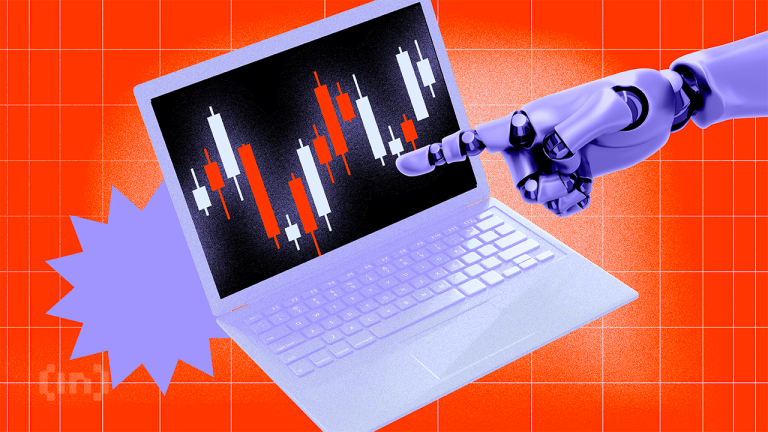
The financial market experienced a significant sell-off recently, leading to widespread panic among investors and plunging market sentiment into ‘extreme fear.’ The S&P 500 index took one of its sharpest hits, erasing $2.7 trillion in market capitalization in just one day. Meanwhile, the crypto market endured a 7% drop in its total market cap, pulling it down to just above $3 trillion, with Bitcoin revisiting its lowest levels in months.
Why Did the Market Crash?
Experts attribute this dramatic downturn to a combination of skyrocketing U.S. credit spreads, repricing of potential December rate cuts, and a general sense of macroeconomic uncertainty. These fears were magnified by strong jobs data and comments by key Federal Reserve figures, indicating the Fed may remain cautious about future rate cuts.
For investors, this means navigating a complex landscape dominated by fears of inflation, AI market speculation, and looming private credit risks. According to Peter Chung of Presto Research, “Private credit risks and uncertainty around the Fed’s interest rate policies are creating a ripple effect throughout the financial system.”
The Impact on Crypto
In the crypto world, liquidations soared to $829 million, triggering further declines in major cryptocurrencies like Bitcoin and Ethereum. Bitcoin fell to $85,000—a low not seen since April—highlighting the interconnectedness of financial markets. As investors remain wary, focus is shifting toward whether risk assets, including cryptocurrencies, can recover in the coming months.
Tim Sun, a senior researcher at HashKey Group, explained, “Much of the recent drop in crypto can be attributed to mechanical moves stemming from sentiment shifts rather than fundamental changes. Liquidity dynamics and fear are major drivers of the current decline.”
When Can Recovery Be Expected?
Markets could recover if upcoming economic data support a more accommodative rate policy. However, experts predict extended market choppiness as investors rebalance portfolios before the end of the year.





